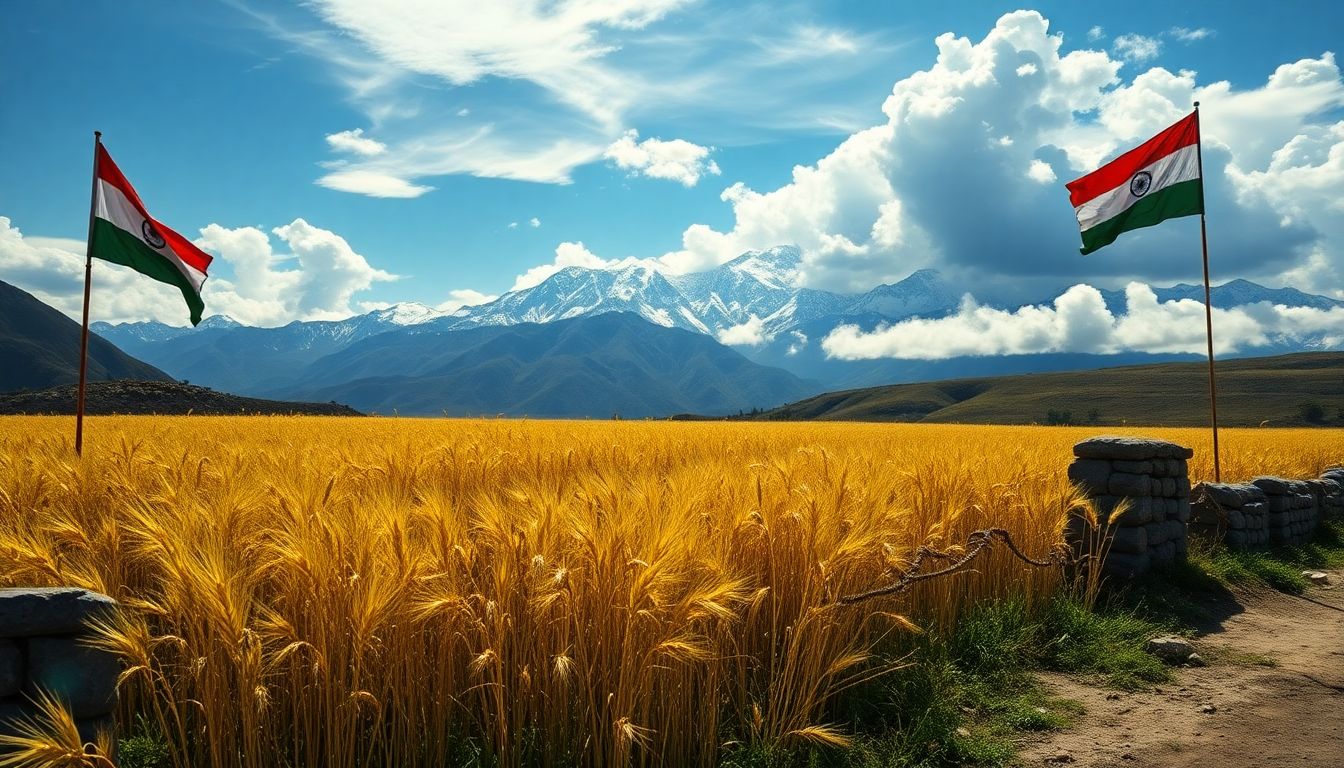Table of Contents
In today’s world, the geopolitical landscape is anything but stable. With conflicts and crises popping up in various corners of the globe, it’s crucial to understand what’s happening and why. Take Kashmir and Gaza, for instance—each region has its own unique challenges that offer insights into larger international relations and global stability. Curious about how these dynamics play out? Let’s dive in.
Kashmir: A Long-standing Conflict
When you think about Kashmir, it’s hard not to see it as a flashpoint between India and Pakistan. The historical grievances are deep-rooted, and tensions run high, leading to multiple wars and ongoing skirmishes that impact millions. Recently, escalations in the area have drawn international attention, with both nations firmly asserting their claims over this contested land.
The latest data indicates an increase in military presence along the Line of Control, raising fears that tensions could boil over into a larger conflict. Meanwhile, the humanitarian situation is dire, with reports of human rights violations and local populations being displaced. As the world watches, Kashmir serves as a stark reminder of how complex territorial disputes and national identities can be.
The Nakba: Gaza’s Ongoing Struggle
Shifting our focus to Gaza, we confront a situation that epitomizes the broader Israeli-Palestinian conflict, rooted in historical events known as the Nakba. The ongoing struggles in this region highlight issues of displacement and the longing for statehood. Unfortunately, the humanitarian crisis continues to escalate, with blockades and military actions leading to staggering casualties and suffering.
The economic fallout from this persistent crisis is profound, impacting not just the local population but also the stability of the entire region. Recent statistics reveal a declining quality of life, making international intervention and diplomatic dialogue more critical than ever. Understanding the Nakba’s historical context is essential for anyone trying to grasp the complexities of Gaza’s current situation.
Myanmar and the Aftermath of Natural Disasters
Now, let’s turn our attention to Myanmar, where a recent earthquake has added to the country’s already precarious situation, which is marred by political instability and humanitarian crises. The earthquake’s devastating impact on infrastructure and local communities highlights the urgent need for effective disaster preparedness and recovery strategies.
As Myanmar grapples with the aftermath, it becomes clear how natural disasters intertwine with ongoing political challenges, revealing the vulnerabilities faced by many nations in similar predicaments. Addressing these issues calls for a multi-faceted approach that balances immediate relief efforts with long-term stability solutions.
Women on the Front Lines of Conflict
In the midst of these conflicts, it’s vital not to overlook the role of women, who have emerged as pivotal figures in both the struggles and resolutions of geopolitical tensions. Often sidelined, their contributions to peacebuilding and community resilience cannot be overstated. Despite facing significant challenges, women have stepped up, showcasing incredible resilience and leadership.
Highlighting their efforts is essential for grasping the full scope of conflict dynamics. As global policies evolve, integrating women’s perspectives could pave the way for more comprehensive and effective solutions to the geopolitical challenges we face today. Isn’t it time we recognize these unsung heroes?


